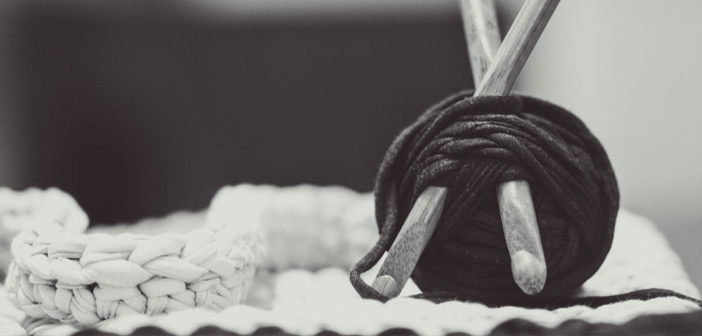Whether it is dress shirts or bed sheets, you should know what thread count is all about.
One may think that thread count (yarns per square inch) is simply a marketing gimmick to demand for the higher price tag- the bigger the number, the greater the price! How do bed sheet manufacturers claim a thread count of 1200? Is this even possible? Did you know that thread count is actually a scientific term that has to adhere to FTC standards?
So what is the big deal? Here are some important factors associated with thread count to keep in mind. A higher thread count does not always mean a smoother and silkier fabric. Don’t have time to read, jump to key takeaways.
1. Thread count number- what does it mean
Thread count refers to the total number of threads in both warp (runs vertically) and weft or fill (runs horizontally) in a one-inch square of fabric. Thus, 75 vertical threads woven with 75 horizontal threads produces a fabric of 150 thread count. A higher thread count number means that there are more threads fitted within a one-inch square of fabric.
2. Ply of thread
Ply refers to the number of yarns twisted together to produce a thread. For the same thread count, single-ply is typically smoother, but delicate fabric. Two-ply is typically stronger, but heavier fabric.
3. Thickness of thread or Yarn size
The higher the yarn size, the finer the thread and greater the number that can fit into a one-inch square of fabric – thus a higher thread count. Finer threads also allow the fabric to be smoother, lighter and more pliant.
4. Weave
How fabrics are woven is important in determining quality. For example, a plain weave is produced when warps and wefts interlace in an alternating pattern. Oxford weaves are designed to leave tiny holes between yarn strands of varying thickness to create a breezier, more textured fabric. These difference weaving patterns affect thread counts too.
5. Mill
Cotton threads are woven into different fabrics based on ply, warp, weft, pick variations. The fabrics are then finished to burn off fuzz and treated to increase strength, luster, and dye affinity. This highly technical process requires great skill. Thus, trust a mill that is 50 to 100 years old because they have mastered the craftsmanship of producing fine fabrics over many generations.
6. Type of Cotton
Cotton is a natural fiber harvested from cotton plants. Cotton fibers must be combed, straightened and twisted together into threads. 100% cotton garments are more breathable and comfortable. Cotton fibers can also be blended with nearly any other natural and/or synthetic fibers like linen, nylon, rayon, polyester, silk, etc. Certain blended fabrics can irritate the skin.
7. Quality & Thread Count- what is the relationship
Length of the cotton fiber, also called staple, determines quality. Longer staple cotton is needed to make finer and stronger threads (also gives higher thread counts). For example, most Egyptian cotton has extra-long staple, while upland cotton has shorter staple, so the quality of fabric of similar thread counts will differ greatly in smoothness and durability. (TLC)
8. Feel of the Fabric
While the thread counts for sheets in the market go up to 1200 that for dress shirts are usually below 200. In reality, thread counts that exceed 500 are almost impossible to achieve. However, if all other factors were the same, then a higher thread count means finer, smoother fabric (also more expensive). You should always feel the softness and smoothness of the fabric before buying anything.
We have now established that thread count cannot be the only determining factor for high quality fabrics, whether you are looking to buy fine dress shirt or new sheets for your home or a
Key takeaways for a well-designed dress shirt
- Can be anywhere between 50 to 150 thread counts
- Either single ply (for softer and lighter casual shirts) or 2-ply (for stronger, more formal shirts)
- For longer-lasting shirts, look for shirts made of the higher quality cotton fibers like Egyptian or Pima cotton
- Fabric are woven in well-established mills who have mastered the art of craftsmanship
- Stay away from blended fabrics especially if your skin is easily irritable
So don’t let anyone fool you again when they tell you that higher thread counts equals better quality and therefore justifies the greater price. You know better now.






